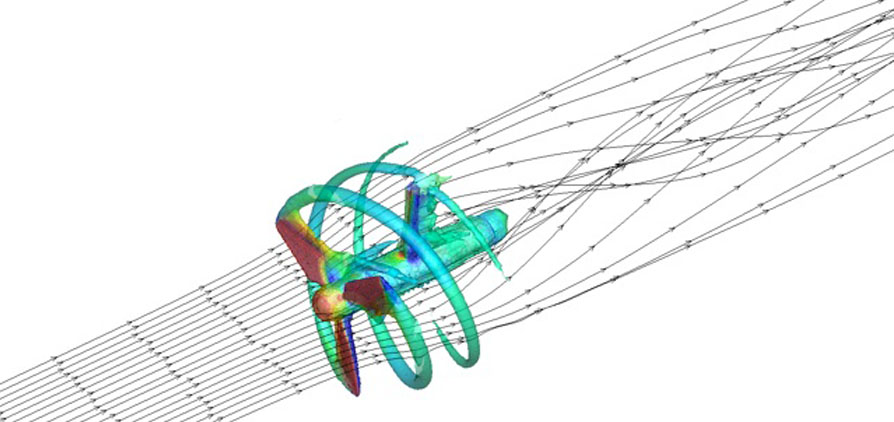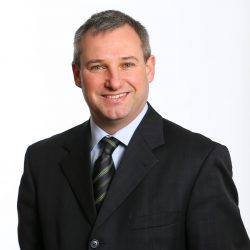Wind and marine
Wind and marine renewable resources are a major component of de-carbonised energy production. Oxford has major, internationally renowned groups researching the optimisation of these resources, the groups comprising over ten academics and their teams and centred in Engineering Science. They work with colleagues researching data science, computational fluid dynamics, civil engineering, zoology and energy policy.
Oxford is a key partner in two EPSRC funded Centres for Doctoral Training (CDT); (i) the Renewable Energy Marine Structures CDT (REMS), with Universities of Cranfield and Strayclyde, and, (ii) the Wind and Marine Energy Systems and Structures CDT (WAMESS), with the Universities of Edinburgh and Strathclyde. Oxford is also a part of the UK Supergen Offshore Renewable Energy (ORE) Hub, led by the University of Plymouth, involving a network of 10 universities.
Research in Oxford

Offshore Wind Foundations
The Geotechnical Engineering Group’s research has influenced design of both shallow and deep foundations for offshore wind turbines, radically reducing installed cost. In particular, the Group has played a leading role in formulating new methodologies for monopile foundations, to allow designs to be optimised on a site-specific basis, accounting for complex offshore ground conditions. The new methods have been applied to construction of offshore wind farms, including Ørsted’s Hornsea 1 wind farm (1.2 GW, 174 turbines), the largest operational wind farm in the world. The methods are widely used across the industry. The Group’s research spans across theoretical activities (constitutive modelling, numerical methods, new analysis techniques), laboratory testing (development of new equipment) and to larger scale field testing and monitoring. The Group has many major industrial collaborations, which includes a framework research agreement with Ørsted, as well as the support of the Royal Academy of Engineering for a Research Chair.
Metocean Engineering
Metocean engineering research group aims to improve understanding of loads waves put on offshore structures, such as wind turbines, in order to improve design guidelines. Research includes the statistics and non-linear physics of extreme waves (rogue waves) and wave-structure interaction. Research also includes improving understanding of the potential resource for tidal-stream energy.
Wind Farm Performance
Our Environmental Fluid Dynamics Group undertakes a range of research aimed at optimising wind farm performance. Research includes optimising blade tip performance, including the effects of blade tip degradation, and understanding wakes that develop between wind turbines, which can have a significant impact on the power output of and unsteady loading on downstream turbines.
They also undertake research into the spatial and temporal variability of the wind resource and also into the complex multiscale relationship between the performance of individual turbines and the aggregated wind farm and its consequent effect on the wind resource.
Tidal Energy
The Environmental Fluid Dynamics Groupconducts research into clean, renewable energy generation from tidal flows. This includes research into tidal turbine hydrodynamics and next generation turbine design and into multi-turbine interactions and tidal turbine fence design and performance.
The group also organises and hosts the annual Oxford Tidal Energy (OTE) Workshop,which has become an important technical meeting within the tidal stream energy community.
Ecological impacts
Oxford zoologists have expertise in the assessment of human impacts on marine ecosystems, both coastal and offshore. Active research groups include the Interdisciplinary Centre for Conservation Science whose interests include assessing the conservation benefits of a variety of anthropogenic structures in the ocean and the marine life that accrues on them. Working with the Blue Marine Foundation, they are developing a multi-stakeholder decision support tool for wind farm infrastructure developers to improve their environmental sustainability performance.
In other groups, sea-going research uses a variety of sampling technologies from trawls and corers to Remotely Operated Vehicles and acoustics. Oxford is also a world leader in the mapping and assessment of biodiversity and ecosystem services using a variety of GIS and satellite technologies applicable to both terrestrial and marine ecosystems.
Reports 2024


